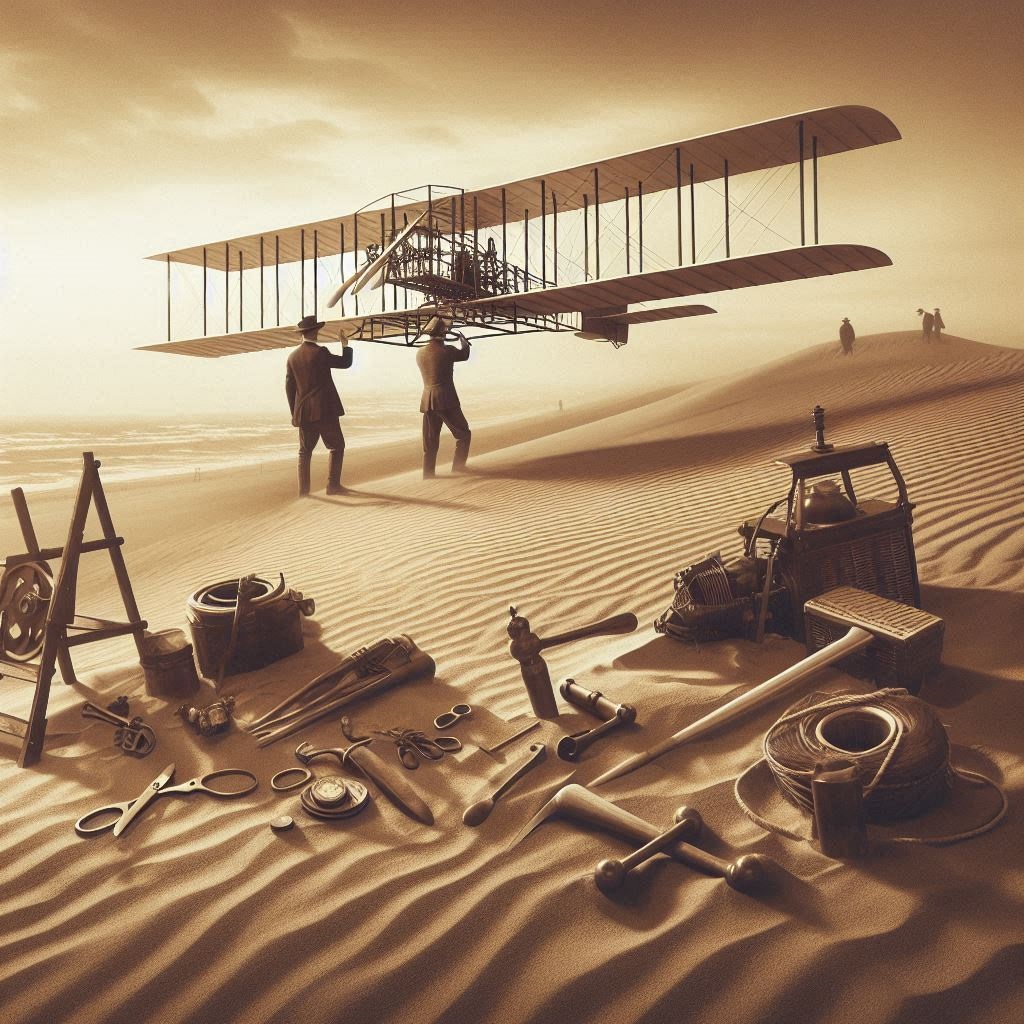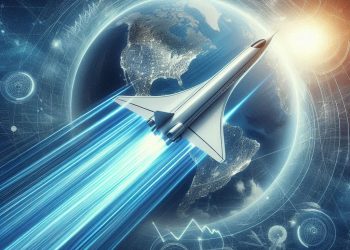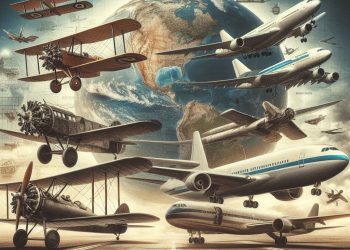The Wright Brothers and the Birth of Modern Aviation
Introduction
The history of aviation is filled with remarkable milestones, but none are as pivotal as the contributions of Wilbur and Orville Wright. These two visionary brothers from Dayton, Ohio, turned human flight from a dream into reality. Their relentless pursuit of powered flight led to the first successful controlled, sustained flight of a heavier-than-air aircraft on December 17, 1903. This momentous achievement at Kitty Hawk, North Carolina, marked the birth of modern aviation and laid the foundation for the rapid advancement of aircraft technology in the 20th century and beyond.
The Early Years: A Passion for Innovation
Wilbur (born 1867) and Orville (born 1871) Wright displayed an early passion for mechanics and problem-solving. Their interest in flight was sparked in childhood when their father gifted them a simple toy helicopter powered by a rubber band. This ignited a fascination with aeronautics that stayed with them throughout their lives.
Before their aeronautical experiments, the brothers were successful entrepreneurs, running a printing business and later a bicycle shop. Their experience in mechanics and engineering, gained through designing and building bicycles, became instrumental in their aviation endeavors. They applied their understanding of balance, control, and aerodynamics to develop the world’s first practical airplane.
The Road to Kitty Hawk: Persistence and Innovation
The Wright brothers approached flight with a scientific mindset, conducting extensive research and experimentation. Unlike many of their contemporaries, who focused on powerful engines, Wilbur and Orville recognized that control was the key to successful flight. They developed a three-axis control system, which allowed the pilot to steer and maintain equilibrium—an essential innovation still used in modern aircraft today.
In 1899, they built and tested gliders to understand aerodynamics better. By 1902, their glider designs had improved significantly, and they tested over 700 flights, refining their control mechanisms. Dissatisfied with existing aerodynamic data, the brothers built their own wind tunnel, conducting nearly 200 experiments to develop more accurate lift and drag calculations. This scientific approach set them apart from other aviation pioneers.
The First Powered Flight: December 17, 1903
After years of testing and refinement, the Wright brothers built the Wright Flyer, a powered aircraft with a lightweight 12-horsepower engine they designed themselves. They selected the windy beaches of Kitty Hawk, North Carolina, as their testing site due to the steady winds and soft sand, which provided safer landing conditions.
On December 17, 1903, the historic flight took place. Orville Wright piloted the first controlled, powered flight, lasting 12 seconds and covering 120 feet. The brothers made four flights that day, with the longest lasting 59 seconds and covering 852 feet. Although brief by today’s standards, these flights proved that controlled, powered flight was possible, forever changing the course of history.
The Impact on Modern Aviation
The Wright brothers’ achievement laid the foundation for the modern aviation industry. Their three-axis control system became a fundamental principle in aircraft design, allowing for safer and more stable flight. Following their success, they continued to improve their designs, demonstrating their aircraft to the U.S. military and European audiences.
Their breakthroughs led to the rapid evolution of aviation technology. By World War I, aircraft were being used for reconnaissance and combat. By the 1920s and 1930s, commercial aviation began to emerge, making air travel accessible to the public. Today, aviation is an integral part of global transportation, with millions of passengers flying across continents every day—an unimaginable reality before the Wright brothers’ pioneering work.
The Wright Brothers’ Legacy
The legacy of the Wright brothers extends beyond their technical achievements. Their story is one of determination, curiosity, and perseverance. Despite skepticism and competition, they remained committed to their vision, proving that innovation requires persistence and an unwavering belief in possibility.
Their original Wright Flyer is now displayed at the Smithsonian National Air and Space Museum, serving as a testament to their ingenuity and contributions to aviation. Their names are immortalized in history, inspiring generations of engineers, pilots, and dreamers to push the boundaries of what is possible in flight.
Conclusion
Wilbur and Orville Wright’s first powered flight in 1903 was more than just a fleeting moment—it was the dawn of modern aviation. Their groundbreaking work not only made human flight a reality but also set the stage for the technological advancements that define the aviation industry today. The next time you board an airplane, remember that it all started with two brothers, a homemade aircraft, and a dream that took flight on the winds of Kitty Hawk.





